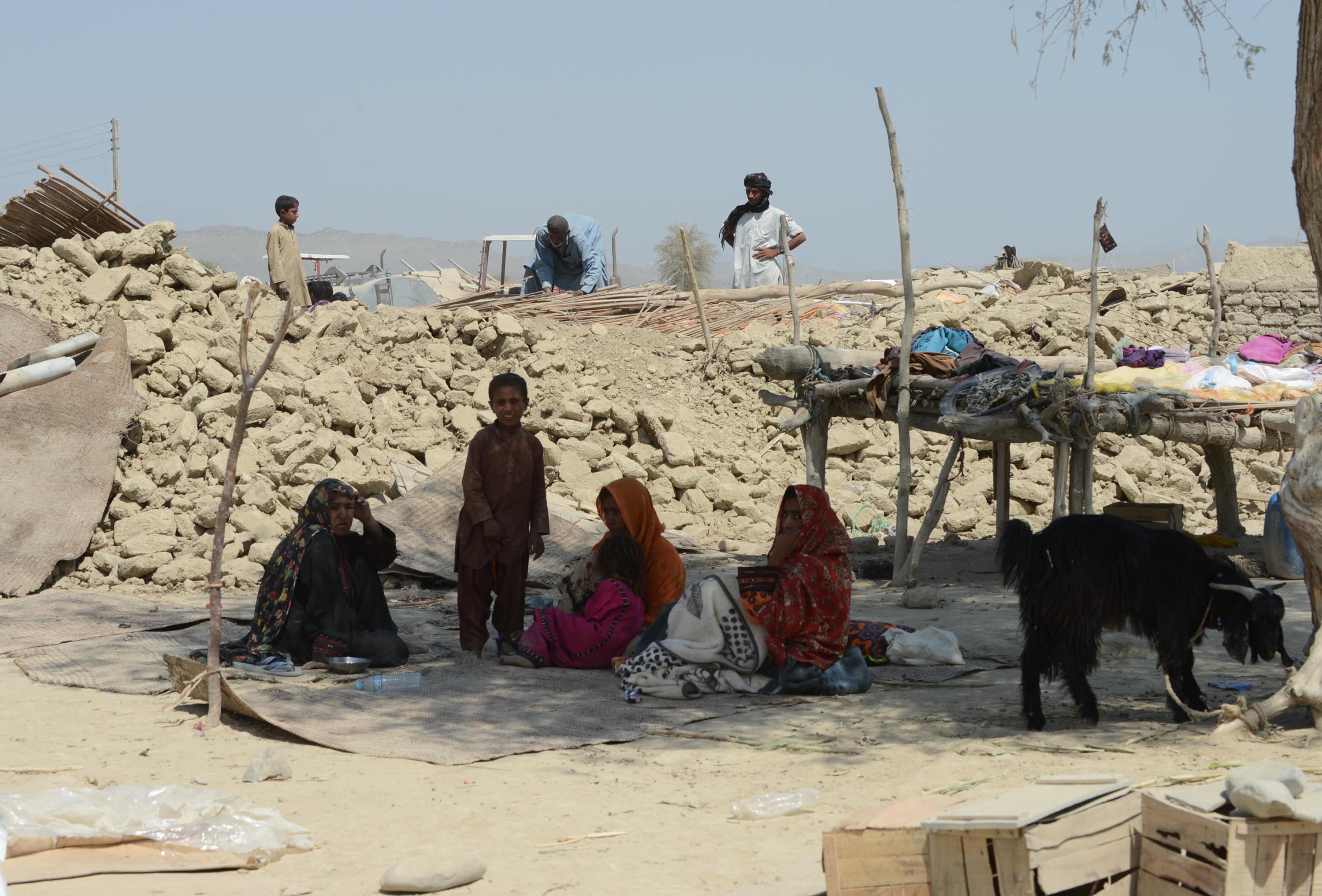It’s well-known that spectacular natural disasters tend to do a better job of stimulating charitable giving than long-simmering catastrophes like malaria infections or simple day-to-day grinding rural poverty. An via Tyler Cowen, an interesting paper that finds a bias within the bias toward catastrophism—donations are strongly correlated with the number of people who died in a disaster, and once you control for death, they’re uncorrelated with the number of survivors.
But obviously while it’s tragic for people to die in an earthquake, the dead people don’t need your help. The people who need help are the people who are still alive but left in need of shelter, medical attention, safe drinking water, and food. In some sense a disaster with a high death toll is also likely to have a high level of survivor need. But it’s a very imperfect proxy, and both the giving public and the media could try to do a better job of not anchoring on the death toll.
